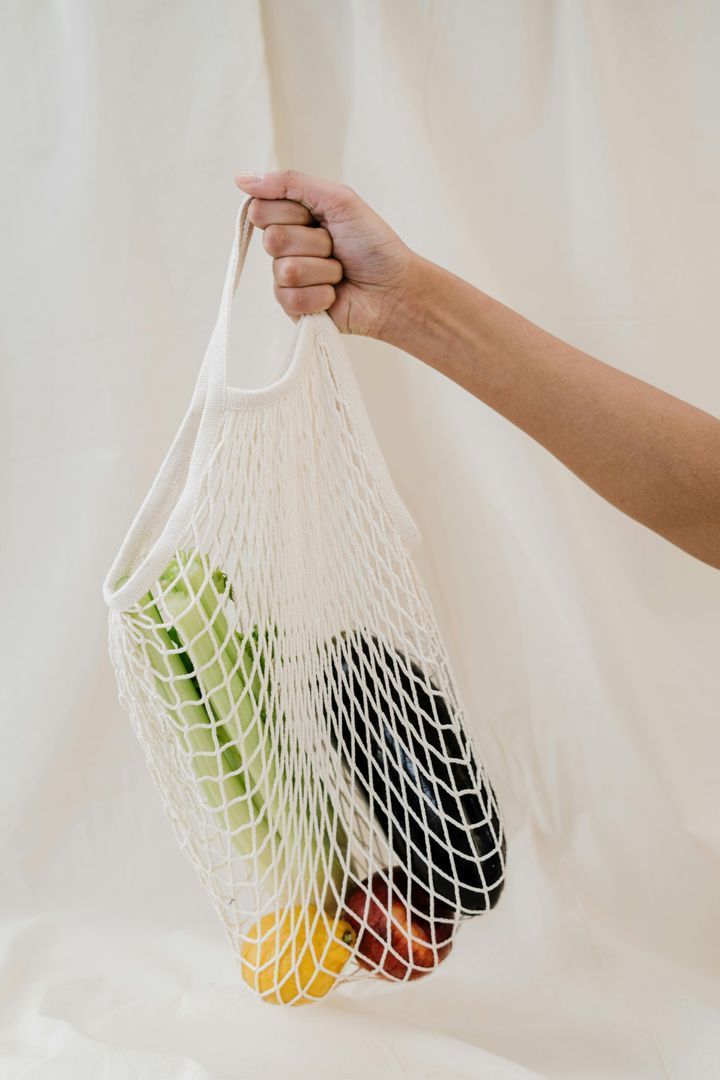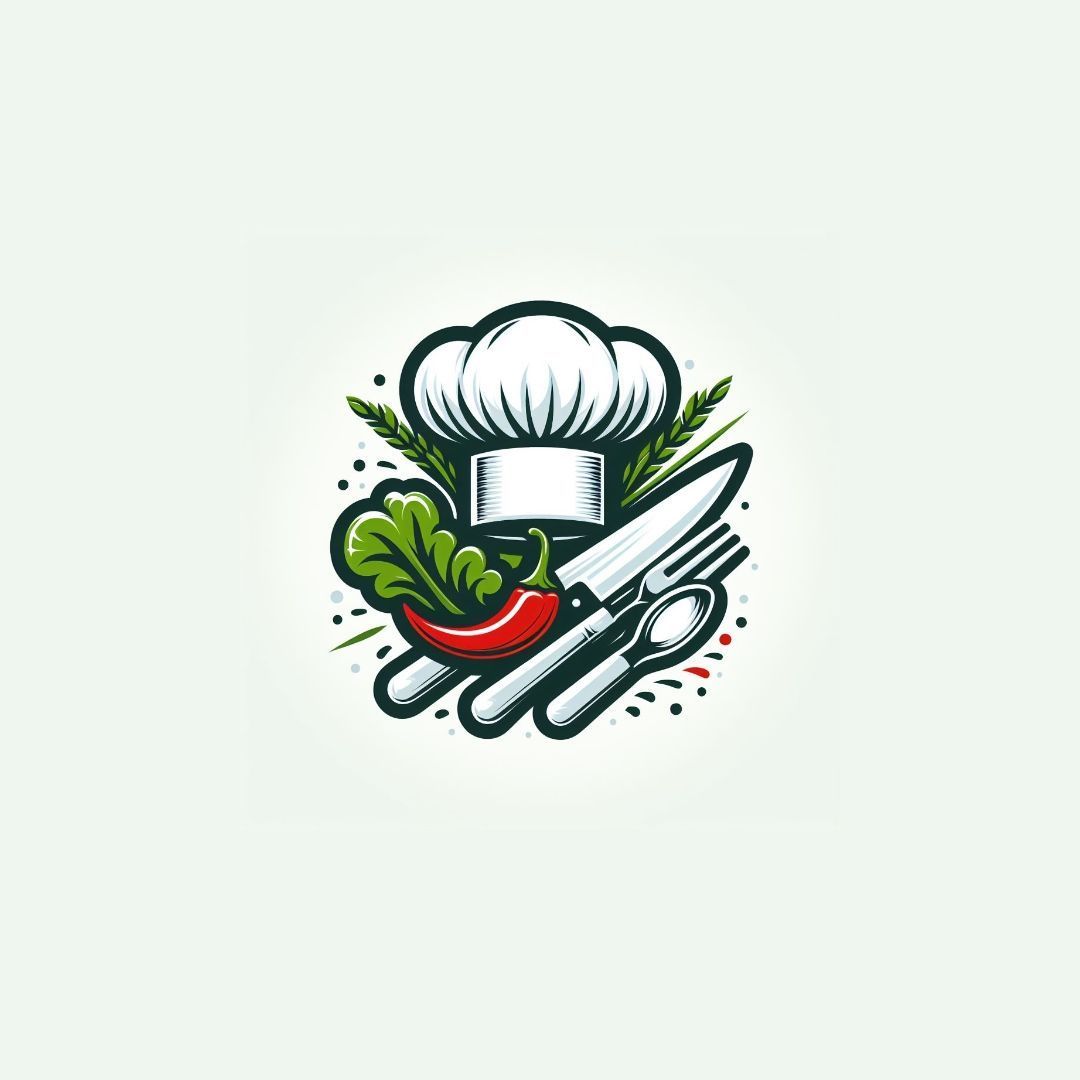How to Read Food Labels in 3 Minutes (and Make Better Choices Without Going Crazy)

Have you ever stood in front of a shelf, stared at a product label and thought:
“But what does all this mean?”
Between calories, incomprehensible acronyms, and advertising claims (“light,” “natural,” “sugar-free”), reading a label can seem more complicated than reading a contract.
But with 3 minutes and 3 simple rules , you can start to decipher what really matters . And make more informed choices, without going crazy.
Read the ingredients first, then the nutritional values
Order is everything .
A label reads like this:
First the ingredients , to understand what you are buying.
Then the nutritional values , to evaluate quantity and quality.
✔ How to read the ingredients list:
- The ingredients are in descending order → the first is the one present in the greatest quantity.
- Avoid products with very long lists (20+ ingredients): they are often too processed.
- Watch out for hidden sugars (dextrose, glucose syrup, maltodextrin): even if you dont see sugar, it might be there under another name.
- Watch out for fats : “palm oil” is not poison, but if its at the top of the list… maybe choose something else.
🔍 Example :
If you buy a granola bar and the first ingredient is glucose-fructose syrup … it’s a dessert, not a “healthy” snack.
Check these 4 key values (without being fooled)
Always look at the values per 100 g/ml (not per serving!), to compare between products.
The 4 numbers that matter :
Sugars :
- Below 5g per 100g → ok.
- Above 15 g → its a sweet, even if it doesnt look like one.
Saturated fat :
- Below 1.5 g → good.
- Over 5 g → to be limited (especially in savoury foods).
Salt (sodium) :
- Under 0.3 g → excellent.
- Above 1.5 g → very salty.
Fibers :
- Above 3g → good source of fiber.
💡 Bonus tip : If a product is low in calories but high in sugar and zero fiber , its not healthy.
Quality matters, not just numbers.
Ignore the advertising hype (and look for the real clues)

On the front label you will find writings such as:
“Rich in vitamins”, “Palm oil free”, “+Protein”, “Light”.
These are marketing messages , not objective indicators of quality.
Do you want some makeup?
🔎 Look for the allergen table or the mandatory wording (in small print): thats where youll find the truth.
Helpful examples to look for:
- “Contains added sugars”
- “May contain traces of milk” (if you are intolerant or vegan)
- “Contains sweeteners” (may have a laxative effect)
3-minute mini-checklist (also to save):
✅ Simple, few and recognizable ingredients
✅ Sugars 5 g, saturated fat 1.5 g
✅ Fiber present
✅ No “confusion effect” (laboratory ingredients)
✅ Avoid fake health claims → look behind, not in front
To know ≠ to demonize
Understanding labels doesnt mean becoming paranoid .
It means having a compass to choose, even when you want to treat yourself to a cookie or a snack.
Knowing how to read a label helps you:
- recognize quality and quantity,
- understand what you really eat,
- make choices that make you feel better (without unnecessary sacrifices).

gourmet
Data di inserimento 30 giu 2025
Report article


Comments
There are no comments yet.